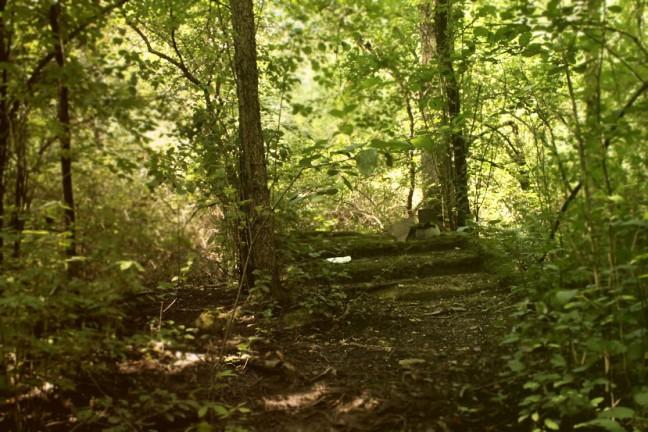The U.S. National Park System experiences human-caused climate change at a higher rate than the nation as a whole, according to a new study released by the University of Wisconsin Center for Climatic Research.
National parks protect some of the most irreplaceable ecosystems and cultural sites in the world, and they are being hit particularly hard by climate change, according to University of California-Berkeley professor and lead author on the study Patrick Gonzalez.
“Human-caused climate change has been altering ecosystems and human systems around the world, but up until our research, the severity of climate change across all the national parks was unknown,” said Gonzalez.
Gonzalez and his team measured historical temperatures and rainfall dating back to 1895 from all 417 parks and created future predictions for climate change made under different emission rate scenarios.
The study found that between 1895 and 2010, the average temperature of national park area had increased at double the rate of the U.S. as a whole. At the same time, yearly rainfall had decreased more in national parks than any other region of the U.S.
Physical and ecological changes because of hotter and drier climates are already seen across U.S. national parks, and the study predicts future vulnerabilities. Before 2100, Yellowstone National Park could see up to ten times more area get burned by wildfires, and trees in Joshua National Park could lose 90% of their suitable climate.
Here in Wisconsin, the Apostle Islands National Seashore will likely face reduced ice coverage in the winter, according to the study.
Jack Williams, UW geography professor and co-author of the study, said the National Park Service can use this study to preserve their parks.
“The National Park Service has a really important mission of preserving the unimpaired natural and cultural resources to inspire this generation and future generations, and they have to think about out how best to do that in an era of ongoing change in temperature,” Williams said.
Under climate change conditions, our forests may fail to be resilient
Reducing greenhouse gasses emissions is one way to save national parks for future generations, and this method extends beyond the parks. Cutting carbon pollution gases from sources like cars, power plants, and other human mechanisms are all steps individuals can take to reduce heating in the national park by up to two-thirds, according to the study.
Gonzalez said the implication of the study for the general public is to realize the damage inflicted to the earth, and to make eco-friendly decisions if they want National Parks to survive.
“Your decision to ride a bike rather than drive a car can help the Apostle Islands National Seashore,” Gonzalez said. “If you combine all of that — the actions of over 300 million Americans — that adds up.”
Great Lakes-focused book selected for ‘Go Big Read’ promotes awareness of environmental issues
Actions to reduce emissions exist and have been successful, Gonzalez said. The Golden Gate National Recreation Area, a national park in San Francisco, has reduced emissions by 25 percent in the last 5 years.
Under the Obama administration, the U.S. reduced emissions by 8 percent. States in the U.S. Climate Alliance, which Wisconsin is not a member of, have reduced their emissions by 15 percent, on track to meet standards set forth in the Paris Agreement, which the U.S. withdrew from last year.
“So this shows what’s possible, and I am hopeful for the future,” Gonzalez said. “It’s a science-based hope, and we have the evidence.”
With grant, Dane County to combat climate change through research, policy
Beyond this, parks will need to adapt too. The parks system will have to continue to make adjustments in how they conserve species, manage fire and control invasive species. Data from the survey provides targeted locations where this is needed, and Gonzalez works every day with staff in parks to implement these adaptations.
Adaptation, in addition to cutting down on our own carbon pollution, is something we can all do, Williams said. In southwest Wisconsin, people are helping species by planting trees along river banks as temperatures rise, to create shading and keep the water temperature down for cool water trout populations.
Williams said he has hope for species and ecosystem adaptation, as he has studied the last ice age and how species were able to adapt them.
“There’s a lot of built in adaptive capacities that species have used to adapt to past climate change,” Williams said. “At the same time, we are pushing the system into a new state and I think it’s our plan to help species adapt, and to help preserve the important things around us as we’re in a rapidly changing world.”













